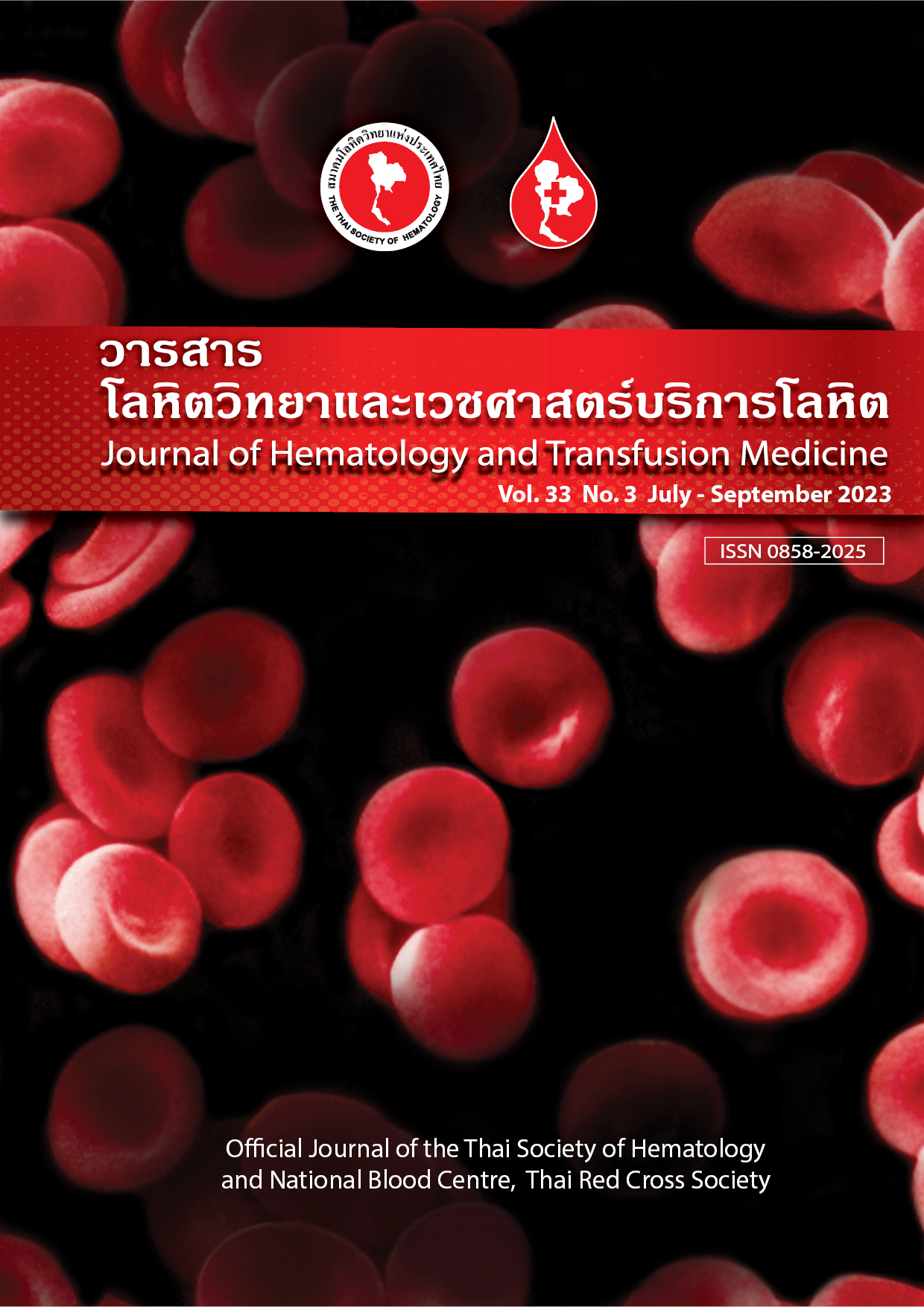Perinatal Intraventricular Hemorrhage Related to Maternal Warfarin Use
Keywords:
warfarin, pregnancy, intraventricular hemorrhage, pharmacogenomicsAbstract
Warfarin is an essential anticoagulant for long term prophylaxis of mechanical valve replacement. However, it can have harmful effects on the fetus including warfarin embryopathy and fetal hemorrhage. A 35-week-gestational age male infant was born to a mother with rheumatic heart disease presenting a history of mitral valve replacement requiring life-long warfarin therapy. The infant was delivered by emergency cesarean section due to fetal distress. He required initial resuscitation and respiratory assistance due to severe anemia. A computed tomography scan of the brain showed a 4.3x5.7x4.9 cm intraventricular hemorrhage, an intracerebral hemorrhage with subfalcine and descending transtentorial brain herniation. Multiple doses of blood products were transfused to correct the patient’s coagulopathy. Genetic polymorphism analysis of the mother and infant revealed the CYP2C9 *1/*1 (wild-type) alleles and two polymorphisms on the VKORC1 gene (-1639 GG>AA and 1173 CC>TT). Individuals exhibiting these polymorphisms affect lower vitamin K epoxide reductase enzyme activity, resulting in lowering levels of active vitamin K and vitamin K-dependent coagulation factors. These findings possibly explain the cause of the infant’s coagulopathy. To prevent serious bleeding consequences in the fetus, pregnant women requiring warfarin use should undergo pharmacogenomic studies testing both themselves and their fetus. This will yield recommended individualized dosing and monitoring of the fetus’s well-being using sequential ultrasonography.
Downloads
References
Wong V, Cheng CH, Chan KC. Fetal and neonatal outcome of exposure to anticoagulants during pregnancy. Am J Med Genet. 1993;45:17–21.
McLintock C. Anticoagulant therapy in pregnant women with mechanical prosthetic heart valves: no easy option. Thromb Res. 2011;127 Suppl 3:S56-60.
Hall JG, Pauli RM, Wilson KM. Maternal and fetal sequelae of anticoagulation during pregnancy. Am J Med. 1980;68:122–40.
Sangviroon A, Panomvana D, Tassaneeyakul W, Namchaisiri J. Pharmacokinetic and pharmacodynamic variation associated with VKORC1 and CYP2C9 polymorphisms in Thai patients taking warfarin. Drug Metab Pharmacokinet. 2010;25:531–8.
Yan X, Yang F, Zhou H, Zhang H, Liu J, Ma K, et al. Effects of VKORC1 genetic polymorphisms on warfarin maintenance dose requirement in a Chinese Han population. Med Sci Monit. 2015;21:3577–84.
Oswal K, Agarwal A. Warfarin-induced fetal intracranial subdural hematoma. J Clin Ultrasound. 2008;36:451–3.
Lee HC, Cho SY, Lee HJ, Kim CJ, Park JS, Chi JG. Warfarin-associated fetal intracranial hemorrhage: a case report. J Korean Med Sci. 2003;18:764.
Masamoto H, Uehara H, Mekaru K, Uezato T, Sakumoto K, Aoki Y. Warfarin-associated fetal intracranial hemorrhage in woman with mitral valve replacements: a case report. Am J Perinatol. 2009;26:597–600.
Ville Y, Jenkins E, Shearer MJ, Hemley H, Vasey DP, Layton M, et al. Fetal intraventricular haemorrhage and maternal warfarin. Lancet. 1993;341:1211.
Downloads
Published
Issue
Section
License
Copyright (c) 2023 Journal of Hematology and Transfusion Medicine

This work is licensed under a Creative Commons Attribution-NonCommercial-NoDerivatives 4.0 International License.



